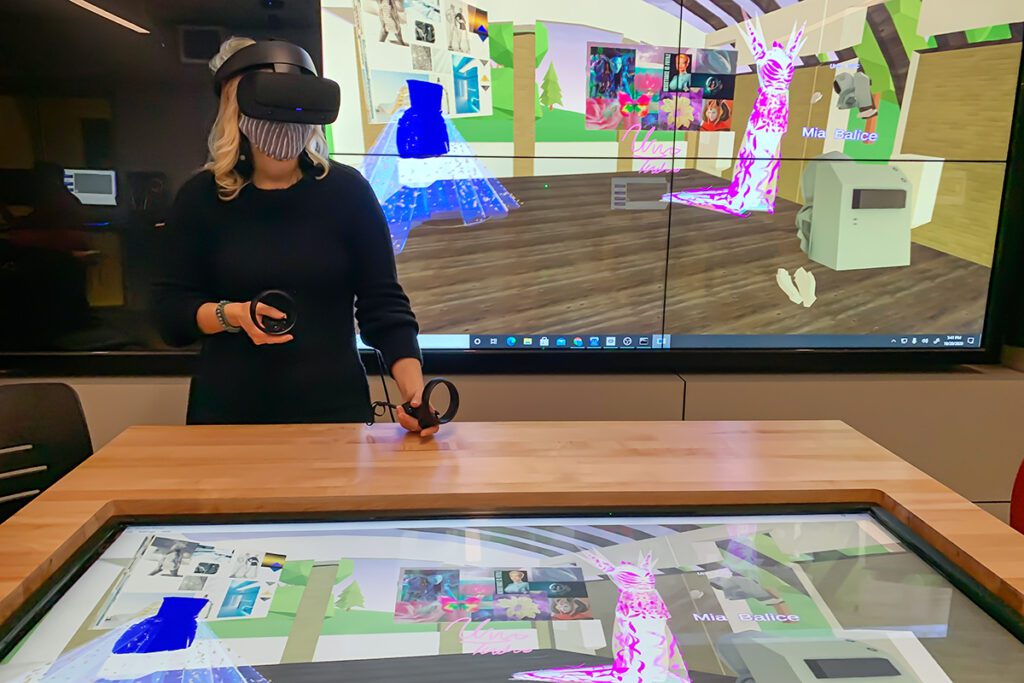Game development is a complex art form that encompasses a vast range of skillsets. Game designers conceptualize, create, and design the gameplay mechanics and story, while the art and animation teams give virtual worlds life. Game development art involves creating textures, lighting, concept art, and 3D modeling. The animation brings virtual game characters, creatures, and environments to life, including complex movements and environmental reactions, such as hurricanes or sandstorms. Art and animation are essential components of game development that help create realistic and immersive worlds. With advancing technology, game developers will create even more incredible virtual worlds for players to enjoy.
Introduction
Games have been a popular form of entertainment for centuries, with their success only growing throughout the digital age. As technology advances, game development has become an intricate art form involving a vast array of skillsets. In this article, we will take a deep dive into the world of game development, focusing on the important roles of art and animation in creating virtual worlds.
Game Design
Game design is the foundation of any successful game. It is the process of conceptualizing, creating and designing the game’s story, characters, rules, and gameplay mechanics. Once the game design is complete, the art and animation teams step in to give it life.
The Art of Game Development
Art in game development involves creating the visuals that the player sees in the game. It encompasses a vast range of elements from the concept art for the characters and environments to the textures and lighting that help create the game’s mood, atmosphere, and immersion. The art team works closely with the game designer, director, and story writer to make sure that the visuals of the game align with the game’s story and mechanics.
Concept Art
Concept art is the initial stage of the art process where the art team creates sketches or digital paintings of the characters and environments in the game. The concept art is essential in defining the overall aesthetic of the game and provides a reference to the artists who will later work on the 3D models and textures for the game
3D Modeling
Once the concept art is finalized, the artists begin creating the 3D models of the characters, environments, and other assets in the game. Modeling is done using specialized software like Maya, ZBrush, and 3D Studio Max. The 3D models are created with the final game engine in mind, with knowledge of its limitations and performance requirements.
Texturing and Lighting
The texturing and lighting team adds the finishing touches to the 3D models. Texturing involves creating textures or skins for the 3D models to give it a realistic or stylized appearance. Lighting is the process of adding light sources to the game’s environments, which helps set the tone and atmosphere of the game. Open-world games like Grand Theft Auto or Red Dead Redemption 2 require extensive lighting to make different parts of the game world feel distinct and unique.
The Animation of Game Development
Animation brings the game’s characters, creatures, and environments to life. The animation team works closely with the game designer and art team to create animations that match the game’s story and mechanics. Animations can include anything from character movement and actions to environmental reactions to player actions.
Character Animation
Character animation is complex in-game development. Animators must consider a character’s movements, characteristics, and personality before creating animations. Animations include everything from basic movement like walking and running to complex animations like fighting sequences or special moves.
Environmental Animation
Environmental animation includes anything from simple environmental reactions like trees swaying in the wind to complex weather systems like hurricanes or sandstorms. These animations help create a realistic and immersive world for the player to explore.
Conclusion
The art and animation of game development are two essential components that help bring virtual worlds to life. The hard work and dedication that go into creating these visuals are evident in the success of some of the most popular games we see today. As technology continues to advance, we can only imagine the incredible worlds game developers will create for us to explore and enjoy.
